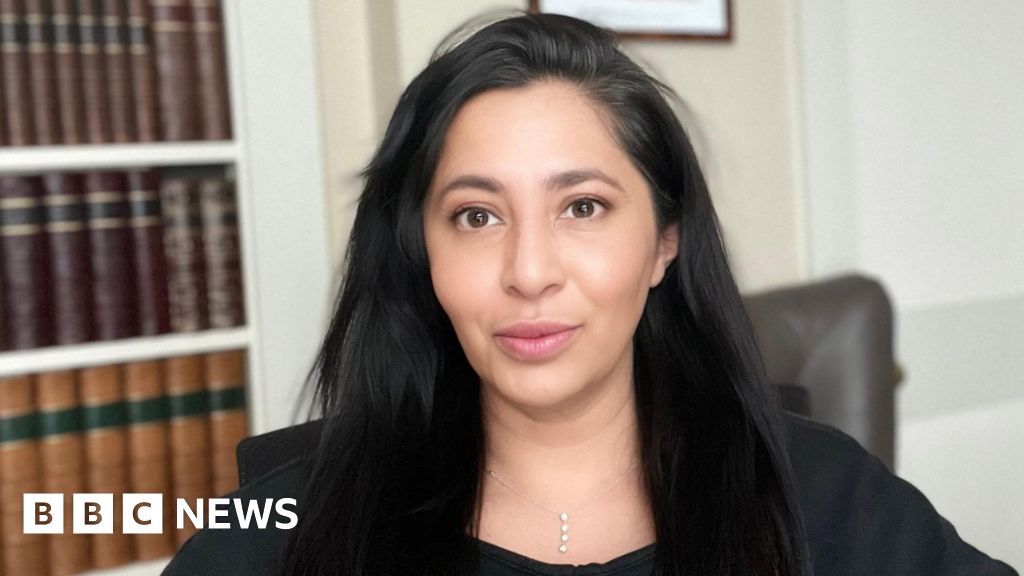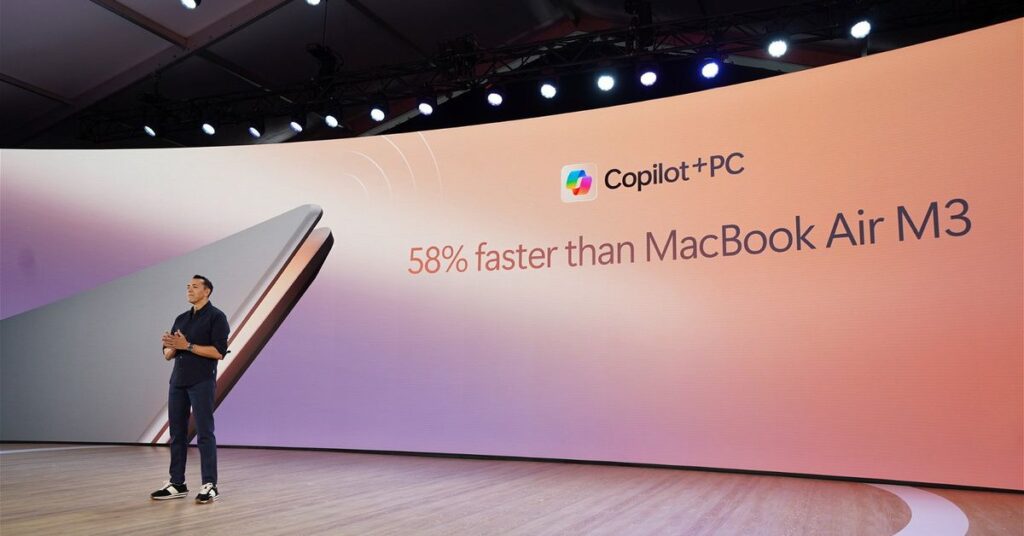image source, Yasmin Shaheen-Zaffar
- the author, Elna Schutz
- role, Business reporter
While for many of us AI chatbots are probably just an interesting novelty, for some people they are proving to be transformative.
Yasmin Shaheen-Zaffar, from North Yorkshire, has dyslexia, dyspraxia and attention deficit hyperactivity disorder (ADHD).
As a result of these conditions, she would struggle with written assignments. Then HE came into her life.
“I met a few years ago [popular AI chatbot] Jasper, and it transformed my life,” says Ms Shaheen-Zaffar, who is a qualified psychotherapist. “He became my friend.”
She uses Jasper to help her adjust the structure and spelling of her written work, which now includes a recently published self-help book for people with neurodiversity.
This word is an umbrella term for conditions and disorders including dyslexia, dyspraxia, ADHD, Tourette’s and obsessive-compulsive disorder (OCD).
London-based tech entrepreneur Alex Sergent says using AI helps with his OCD.
He uses the AI-powered transcription app Otter.ai to record and organize his meetings.
Mr. Sergent explains that although his extreme attention to detail and ritual has been a burden in the past, he “can feel comfortable delegating things. And mostly I’ve been doing that a lot with AI lately.”
The main reason people with psychiatric or psychological conditions may gravitate towards AI tools isn’t just convenience, according to Hayley Brackley, a neurodiversity trainer and coach.
“I think one of the massive things is that there’s no shame or stigma in asking ChatGPT, or any other AI tool, to do something.”
For example, she explains that there is an assumption that most people should know how to drive, which is particularly difficult for someone with dyslexia.
Ms Brackley, who herself suffers from dyslexia, ADHD and autism, says AI chatbots allow her to “contract my challenge without having to explain too much why [to another human]”.
She adds: “The point is, if there is a crutch to help you walk and you have difficulty walking, why not use crutches? And so, if AI provides you with a mechanism to make your world of work easier, then there’s a lot of argument to say ‘let’s use it’.
Ms. Brackley says that in her work with neurodiverse companies and their employees, some firms are more open to introducing AI aids than others.
However, she adds that if AI is available to the entire workforce, then everyone benefits from it. “What happens is that we put something in place for a minority, but then it ends up helping a majority without hurting anyone.”
image source, Alex Sergeant
While many of the tools now used by the neurodiverse community are mainstream AI products, some offerings are designed specifically for it, such as a website and app called Goblin Tools.
Powered by ChatGPT, users can do everything from creating to-do lists, making their written sentences more formal, checking if they’re misreading the tone of someone’s email, getting an estimate of how long will get something, even getting cooking tips. how to turn a group of ingredients into a meal.
Goblin Tools was built by Belgian software engineer Bram De Buyser, who says it’s kind of an ode to his neurodivergent friends.
“My friends have some struggles and needs, so I thought maybe I could build something that will help them – if not completely – at least make this struggle a little easier.”
De Buyser says their website now has 500,000 monthly users. It is free to use, while you have to pay to download versions of the app.
AI conversations have also been created specifically for neurodiverse children, such as InnerVoice, an app made by Californian tech firm iTherapy.
Targeting children with autism, parents can help their son or daughter animate an object or person from the child’s life, such as a favorite toy or pet. This then becomes a talking avatar on a phone or computer screen.
Matthew Guggemos, co-founder of iTherapy, says that autistic children are often able to engage more with computers than with the so-called real world around them. He adds that he only sees AI being used more and more to help the neurodivergent.
“I think AI can give neurodivergent people some extra tools and help them communicate with less effort if needed,” he says.



